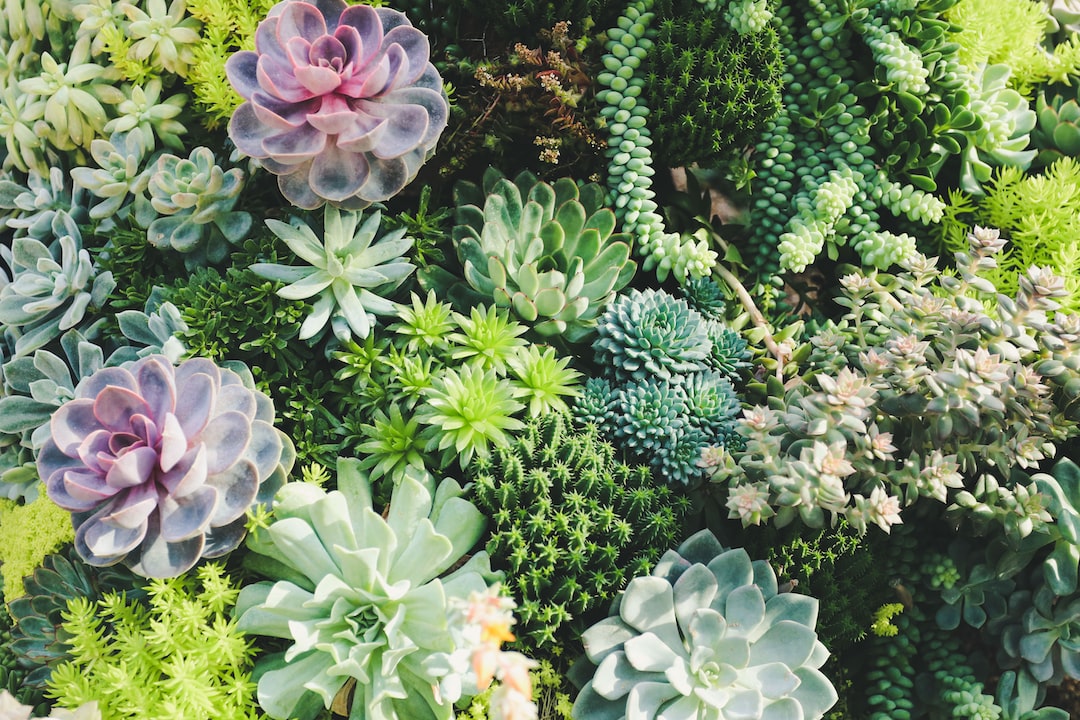Herb Gardening Made Easy: A Beginner’s Guide
Have you ever thought about growing your own herbs but didn’t know where to start? Herb gardening is a rewarding and fulfilling hobby that can add freshness and flavor to your dishes. Whether you have a large backyard or just a small corner in your apartment, herb gardening is something you can easily do. In this beginner’s guide, we will explore the basics of herb gardening and provide some helpful tips to get you started on your herbal adventure.
Choose the Right Spot:
When starting an herb garden, the first thing to consider is finding the right spot. Most herbs require at least 6 to 8 hours of sunlight daily, so choose a location that receives adequate sunlight. If you have limited space or live in an apartment, consider using containers or window boxes to grow your herbs. Remember to place your containers near a window or on a balcony where they can get enough sun.
Select Your Herbs:
The next step is to decide which herbs you want to grow. Consider your cooking preferences and the herbs you commonly use. Popular choices for beginners include basil, thyme, rosemary, mint, and parsley. These herbs are relatively easy to grow and maintain, making them a great choice for beginners. You can find herb plants or seeds at local nurseries, garden centers, or even order online.
Prepare the Soil:
For successful herb gardening, it is vital to ensure you have well-drained soil. Herbs generally prefer moist but not waterlogged soil. If your soil retains too much water, amend it with organic matter like compost to improve drainage. Alternatively, you can use containers filled with potting mix specifically designed for herbs. This will ensure proper drainage and provide the necessary nutrients for your plants.
Planting and Maintenance:
Once you have prepared your soil or containers, it’s time to plant your herbs. If you are starting with seeds, follow the instructions on the seed packet for the appropriate planting depth and spacing. If using seedlings or young plants, gently loosen the roots before placing them in the soil. Ensure that you give each herb sufficient space to grow and spread. Remember to water your plants regularly and adjust the watering frequency depending on the climate and the needs of your herbs. As your herbs grow, you may need to trim and prune them to promote bushier growth and prevent them from becoming leggy.
Harvesting and Using Your Herbs:
One of the most satisfying aspects of herb gardening is being able to harvest and use your homegrown herbs in your everyday cooking. Most herbs can be harvested by snipping off the leaves as needed. Harvesting regularly will encourage more growth and ensure that your herbs remain healthy. To preserve your herbs for later use, you can dry them by hanging bunches of leaves upside down in a cool, dry place or freezing them in ice cube trays with water or oil.
Experimenting in the Kitchen:
With your fresh herbs ready and easily accessible, it’s time to get creative in the kitchen. Experiment with different recipes and flavors, adding a touch of your homegrown herbs to elevate your dishes. Whether you’re making a classic pasta sauce with basil or infusing refreshing mint into your summer drinks, the possibilities are endless.
Herb gardening may seem daunting at first, but with the right knowledge and a little bit of patience, it can become an enjoyable and rewarding hobby. Start small, learn as you go, and soon, you’ll be enjoying the flavorful and aromatic benefits of your very own herb garden. So, why not give herb gardening a try and experience the joy of growing and cooking with fresh herbs?

